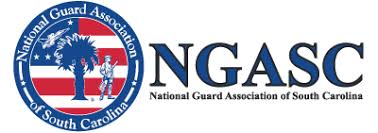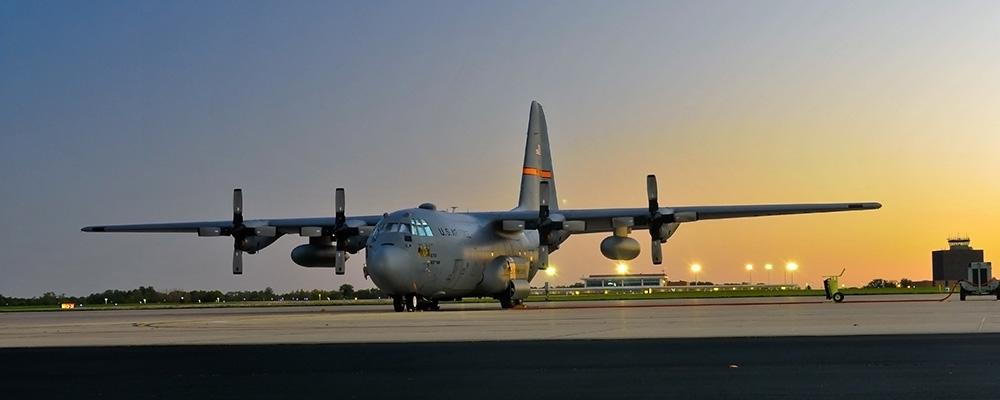The Issue
The Air National Guard continues to operate legacy C-130H Hercules aircraft, while procuring C-130J Super Hercules aircraft through Congressional appropriations.
Recommendations
- Continue to appropriate funds for C-130H propeller, engine, and avionics upgrades.
- Continue to appropriate funding increases for the National Guard and Reserve Equipment Account (NGREA), which maintains the readiness and force relevance of Air National Guard equipment and weapons systems.
- Continue procurement of C-130J aircraft for Air National Guard units.
Background (C-130H)
For more than 40 years, the C-130H has remained the military’s primary transport aircraft, providing humanitarian assistance, precision airdrop and tactical airlift across the globe. Furthermore, the dual-role mission of the Air National Guard means this aircraft is just as critical in the homeland as it is overseas. As you know, the U.S. Air Force has maintained its plan to operate over 160 C-130H aircraft until 2040 or beyond. As such, we ask your support to continue to provide funding for critical modernization efforts in order to ensure the safety, reliability and effectiveness of the C-130H, both at home and abroad.
Incorporating modular blade technology (NP2000) and the T-56 Series 3.5 engine upgrades will provide increased performance and reliability. The NP 2000 eight-bladed propeller decreases propeller maintenance time, increases performance and fuel efficiency while being transported by taking up less pallet space. The NP 2000 provides improved thrust and readiness, while reducing operations and support costs. Recent testing of the NP 2000 has demonstrated at least a 20% increase in takeoff performance.
Additionally, continuing efforts to upgrade the T-56 engine with a Series 3.5 engine modification will reduce life-cycle costs with fewer depot-level inductions required and increase time-on-wing by over 20%, improve fuel economy in excess of 10%, reduce takeoff distance and time to climb, and increase the acceptable cargo load. Life-cycle cost savings could exceed $2 billion over the life of the C-130H fleet with this upgrade.
Until propulsion deficiencies are addressed, legacy aircraft will continue to lag behind modern counterparts, missing the opportunity to decrease operational risk and increase utility and effectiveness in the evolving combat and special mission environments.
Units Impacted
AR: 189th AW, Jacksonville
CA: 146th AW, Oxnard
CT: 103rd AW, Windsor Locks
DE: 166th AW, New Castle
GA: 165th AW, Savannah
IL: 182nd AW, Peoria
KY: 123rd AW, Louisville
MN: 133rd AW, Minneapolis-St. Paul
MO: 139th AW, St. Joseph
MT: 120th AW, Great Falls
NV: 152nd AW, Reno
NY: 109th AW, Schenectady
OH: 179th AW, Mansfield
PR: 156th AW, Carolina
RI: 143rd AW, North Kingstown
TX: 136th AW, Fort Worth
WV: 130th AW, Charleston
WY: 153rd AW, Cheyenne

